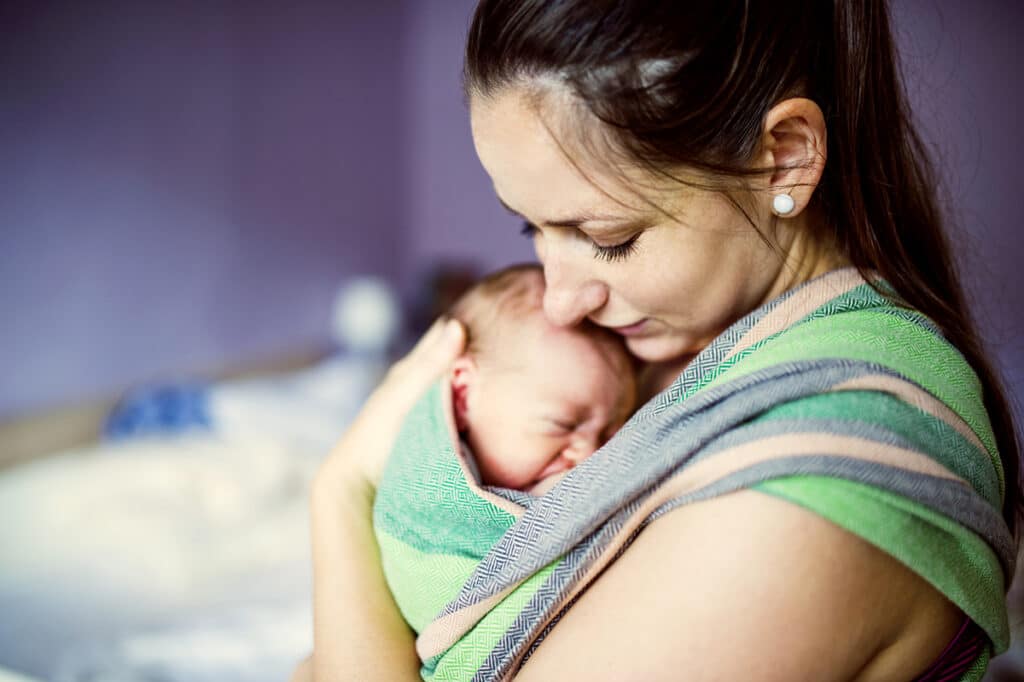
Millions of women struggle with incontinence following childbirth. Physical therapy for postpartum urinary incontinence can improve the quality of life for these mothers. For some, pelvic floor dysfunction limits their daily activities, including caring for baby. Many women don’t feel comfortable talking about bladder problems. They try to juggle taking care of a newborn while wearing heavy pads, rushing to the bathroom, and bracing for coughs.
Will my bladder go back to normal after pregnancy?
Postpartum incontinence does not always clear up on its own. If left untreated, it can get worse over time. If symptoms persist following delivery, mothers should seek further treatment in order to regain bladder control.
Types of Incontinence after Childbirth
Not all cases of postpartum incontinence are the same. For example, women who delivered vaginally have different needs than those who had a c-section. The two most common types of bladder issues are stress incontinence and urge incontinence.
- Stress Incontinence —Bladder leaks caused by pressure on the abdomen from sneezing, laughing, exercising, etc. This is common following vaginal childbirth.
- Urge Incontinence — The sudden, strong desire to urinate associated with leakage. Scar tissue from c-sections can pull on the bladder and make women need to go more frequently.
Physical Therapy for Postpartum Urinary Incontinence
A physical therapist can help you control your symptoms and reduce the need for pads, medication, or surgery. Kegel exercises are often prescribed for postpartum incontinence, however, this is just one piece of the puzzle. Because conditions vary from person to person, the PT will create an individualized treatment plan. Interventions include:
- Education — learning to sense the pelvic floor muscles and how to do home exercises.
- Kegel exercises — strengthening pelvic muscles by squeezing then releasing.
- Biofeedback — gentle electrodes that monitor muscle activity check if exercises are correct.
- Core exercises — strengthening your abdomen is vital to supporting the pelvic area.
- Lifestyle changes — Maintaining a healthy bathroom schedule and avoiding food, drinks, and activities that may exacerbate symptoms.
At Churchill Orthopedic Rehabilitation, we have experts on staff who specialize in pelvic floor and women’s health issues. If you need physical therapy for postpartum urinary incontinence, give us a call at 201-833-1333.
